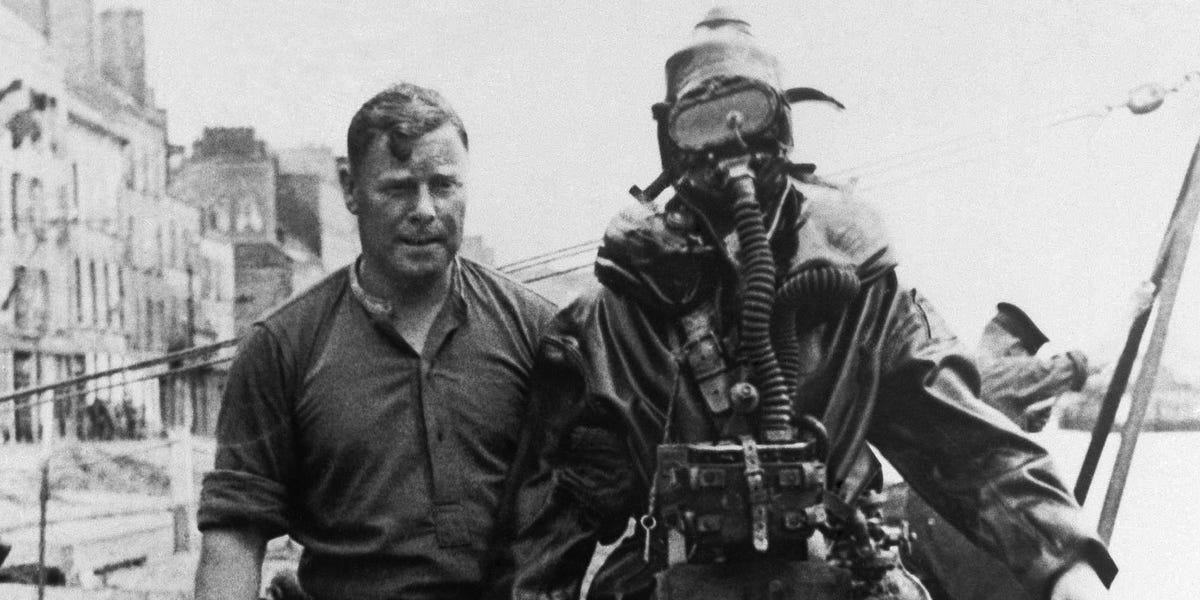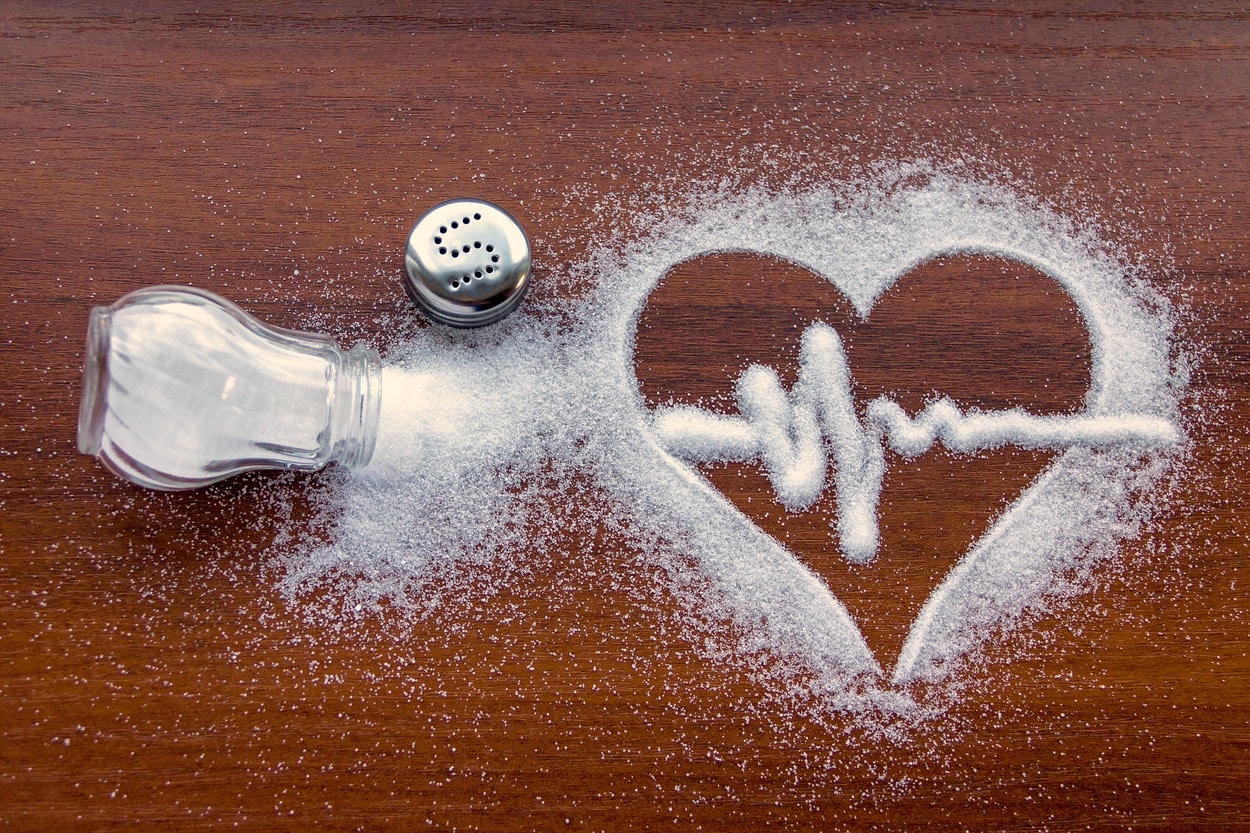
On January 18, 1944, a miniature sub known as an X-craft made its way from the English Channel to French waters undetected. For four nights, the sub surfaced every 12 hours to let in fresh air.The submariners were on a reconnaissance mission. Two British Army officers aboard the sub swam to shore to mark landmarks and recently dug mines, gathering intel for troops who would invade the beaches of Normandy on D-Day, five months later.The small group of scientists aboard the sub performed hundreds of experiments on themselves to figure out how long the X-craft could stay submerged with the occupants breathing their own expelled carbon dioxide.They locked themselves in hyperbaric chambers, where they breathed carbon dioxide, pure oxygen, and other gases to figure out how best to breathe underwater.These scientists meticulously documented the dangers of inhaling regular air and pure oxygen at different depths — helping pave the way for modern divers, who often use different gas mixtures depending on how deep they are going.In her new book, “Chamber Divers: The Untold Story of the D-Day Scientists Who Changed Special Operations Forever,” Rachel Lance tells the story of the many injuries and near-death experiences the researchers endured, from a broken spine to a collapsed lung.The British Admiralty, which was in charge of the Royal Navy, used the scientists’ data to help troops pilot miniature submarines, dismantle underwater obstacles, and perform other reconnaissance missions. All these tasks were vital for the D-Day mission.The many dangers of divingBy the 1940s, diving was common but required bulky suits and large helmets. Anyone going underwater for lengthy periods needed a cable to attach them to a boat and provide a constant supply of air.Experts had already known about the dangers of decompression sickness, also known as the bends, for decades. When a diver surfaces too quickly after a deep dive, the change in pressure can cause nitrogen bubbles to flood the bloodstream. A buildup of bubbles blocks blood flow and, in the most serious cases, can lead to death.
But that wasn’t the British Admiralty’s only concern with underwater travel. In 1939, the Thetis submarine sank during a dive test. While four people escaped, the other 99 trapped aboard died of then-unknown causes. Having breathing apparatuses on board wasn’t enough to save them.
After a submarine disaster just before World War II, the British Royal Navy wanted a better way for crew members to breathe in case they were trapped.
Bettmann via Getty Images
An engineer investigating the disaster asked John Burdon Sanderson Haldane, who worked in the genetics department at University College London, for help figuring out what happened. Haldane had participated in his physiologist father’s experiments on decompression sickness and breathing various gases in their at-home lab since he was a child.Haldane and a handful of members from his lab, quickly got to work conducting experiments in hyperbaric chambers. They were the guinea pigs.Pure oxygen could be poisonousHaldane and his fellow scientists breathed different levels of carbon dioxide and oxygen to see how their bodies responded at different levels of pressure. CO2 would give them headaches, make them tired, and cause them to hyperventilate.It was excessive CO2 that had killed those aboard the Thetis, Haldane figured out, and future crews would need a way to absorb the gas.Pure oxygen could be just as poisonous. It caused violent seizures, vomiting, and impaired vision. The researchers would see flashes of color they called “dazzle.” Haldane injured his back during a seizure, and another researcher dislocated her jaw.
John Haldane at University College London in the 1950s.
Hulton-Deutsch Collection/CORBIS/Corbis via Getty Images
The seizures were bad enough in a dry hyperbaric chamber, but one of the researchers nearly drowned breathing oxygen while submerged in water.Breathing regular air — which is mostly nitrogen — at increased pressure caused a phenomenon known as nitrogen narcosis during the researchers’ tests.It was potent enough that “no great trust should be placed in human intelligence under these circumstances,” Haldane and Martin Case, another researcher, wrote. While the phenomenon wasn’t new, the fact that the scientists struggled to do math problems while under its effect showed that it could be deadly for divers trying to complete simple tasks.Finally, the researchers started mixing oxygen and air to find an ideal composition that would allow divers and submarine crews to breathe without side effects like seizures or vision loss.Haldane and the other members of his lab conducted over 600 experiments on themselves in total. The British Admiralty used their data when outfitting its X-craft submarines and handing out custom mixes of oxygen and air based on the depth of their dives.
One of the British X-Craft submarines that required special calculations about how long it could be under the water without resurfacing for fresh air.
The Print Collector/Getty Images
The documents chronicling the work of Haldane and his fellow scientists were declassified in 2001, well after many of them had died. Their dangerous experiments not only contributed to the D-Day invasion, but also contributed to the science behind modern-day scuba diving.






